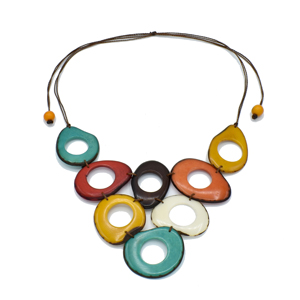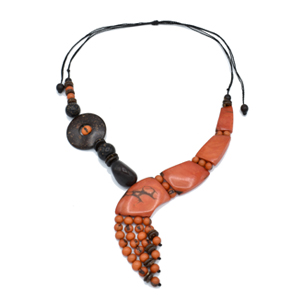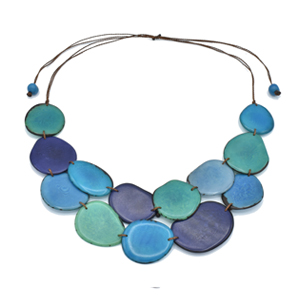FROM TREE TO WEARABLE ART
The Tagua Process
Our tagua comes from palm trees from the cloud forest and rainforest region of Ecuador. The tagua palm, or the phytelephas palm, which means “plant elephant” produces fruit that closely resembles ivory from an elephant tusk. In the early 1900’s tagua was used as a substitute for ivory in items like chess pieces, game dice, dominoes, buttons and knitting needles, to name a few. It was used until plastic took over in the manufacturing of these items. Now people are turning to tagua again as an eco-friendly option.
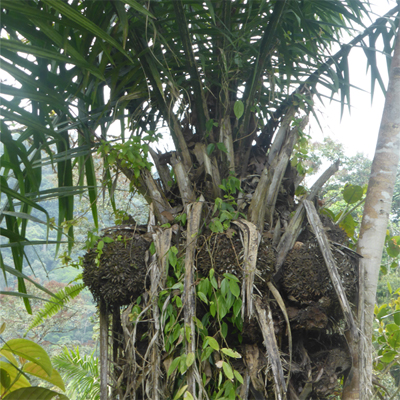
Step 1.
The Tagua Palm is native to the Amazonian regions of Ecuador, Colombia, Peru, Brazil, Panama and Bolivia. The pods are filled with pocket of white creamy fruit that tastes similar to coconut.

Step 2.
As the fruit ripens, the pod falls from the tree and the liquid fruit hardens. The nut has the density and hardness of elephant’s ivory.
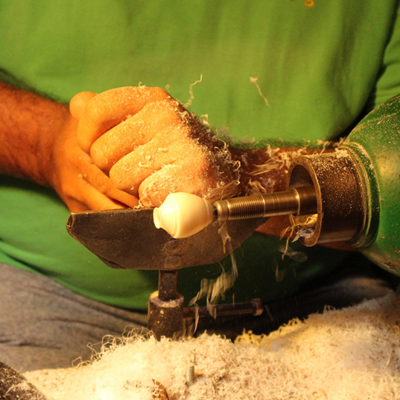
Step 3.
The nuts are collected, and cut to the desired size. Tagua is sustainable. Each tree produces fruit three times per year.

Step 4.
An artisan polishes and adds fine details to tagua rings.

Step 5.
The tagua pieces can also be polished in a tumbler and they are dyed in large batches.
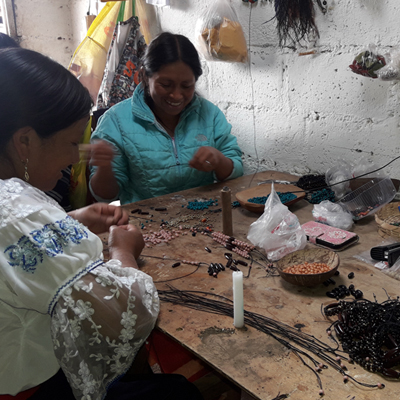
Step 6.
Ecuadorian artisans select pieces for earrings, necklaces or bracelets.
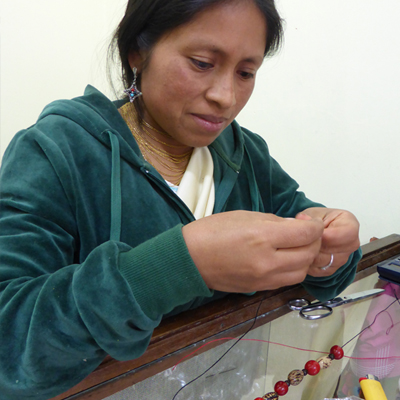
Step 7.
Some pieces are designed and crafted by indigenous artists in Otavalo, Ecuador.
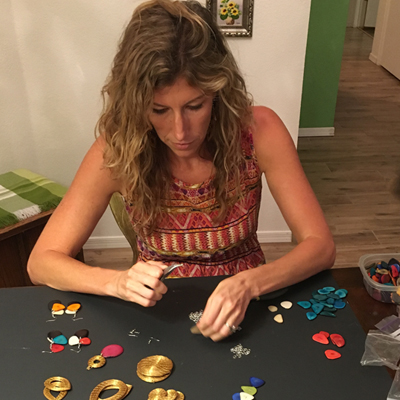
Step 8.
Others are designed and crafted by Katie Noboa in Tucson, Arizona.
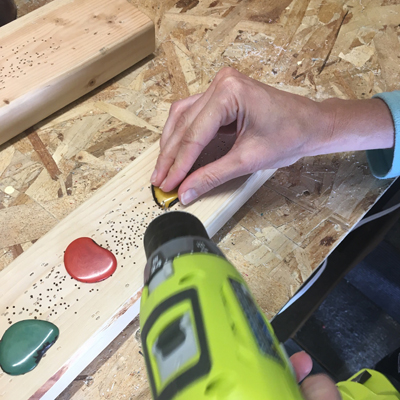
Step 9.
Katie creates new designs and drills holes in the tagua to fit her design. Then she uses waxed polyester cord to assemble the necklaces.


